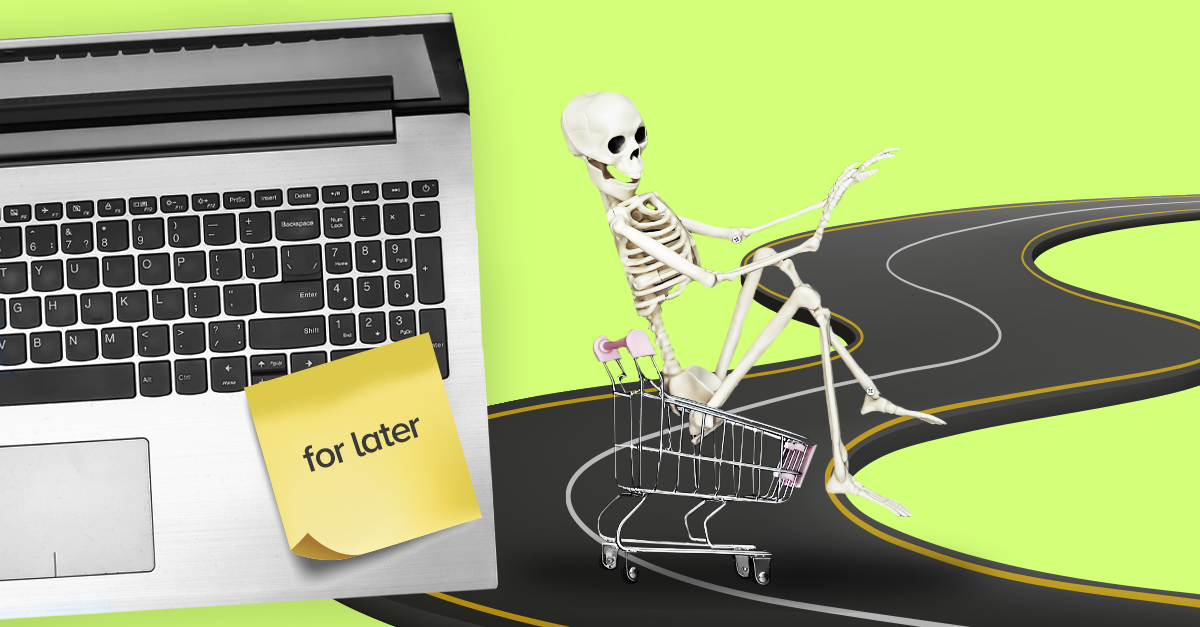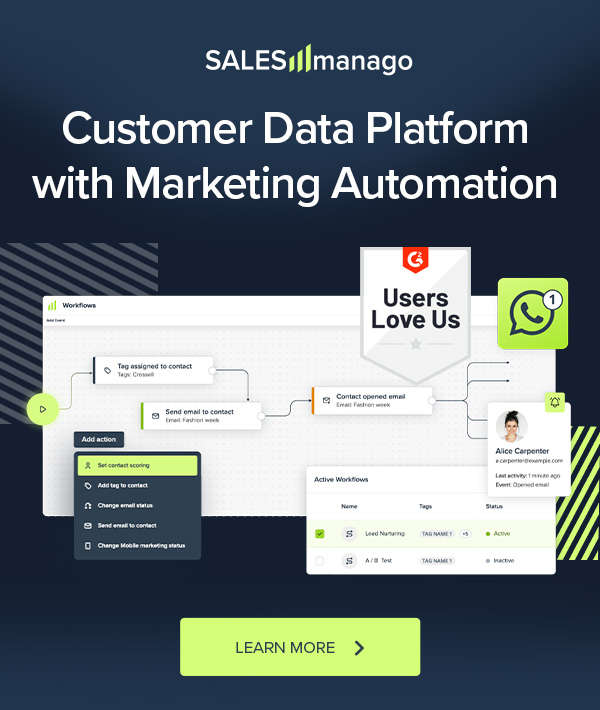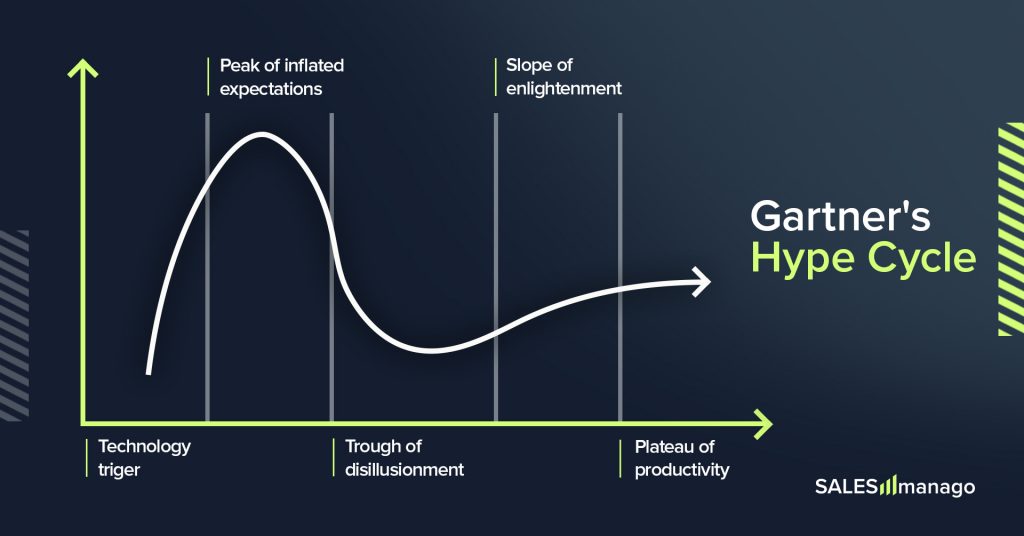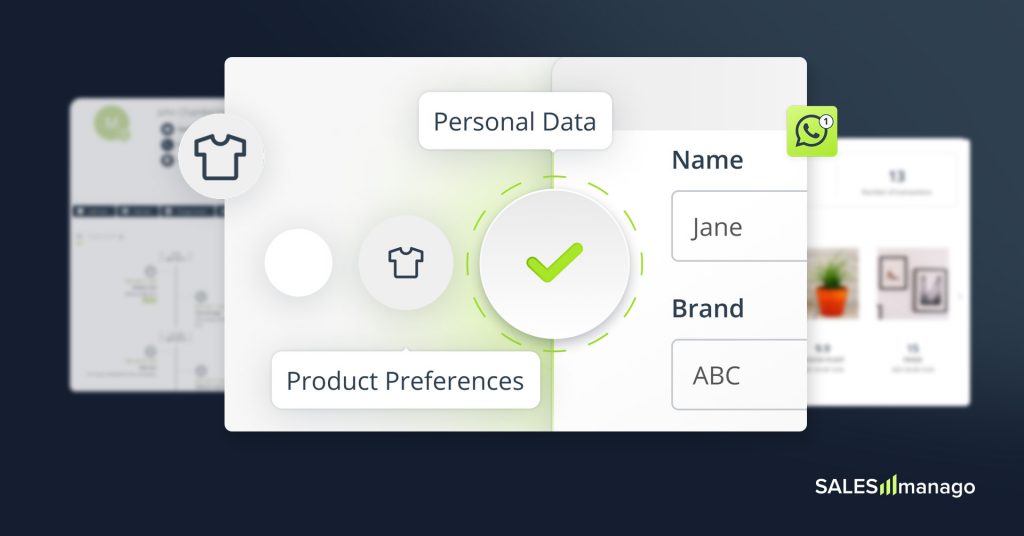Quora users never fail, this is a mine of information about almost everything- not only marketing automation and digital world. You can spend hours browsing through the questions and never get bored. This time my attention was caught this question: What are some of the greatest marketing disasters in history?
Well…you all know how to do the marketing, right? But unfortunately, there are companies, that have no clue how to do it correctly. Today, I have chosen my subjective top 5 of the greatest marketing disasters.
#5 Pepsi Number Fever
In 1992, Pepsi Co. started a campaign in the Philippines named “Number Fever”.
They were overwhelmed by the market response. Just in the first week sales increased by 40 percent. The following weeks Pepsi Co.’s daily sales almost doubled.
The rules were simple:
- Buy any Pepsi product
- Keep the bottle cap
- Watch the winning numbers drawn daily on National TV
- If the winning numbers match the numbers on your bottle cap, you’re a winner.
Easy-peasy? Not so much.
On May 25th that same year, Pepsi declared a combination that would change the course of Philippine’s history – “349″.
Pepsi thought that it was a unique combination. But it turned out that there were about 400,000+ more people who had the exact same digits on their bottle caps. To make things worse, this number came with the jackpot prize of Php 1,000,000.
Pepsi tried to get away with their mistake and refused to pay the winners.
Pepsi got flooded with lawsuits, riots, and protests. The case was investigated, and fast-forward to 2006 (14 years later), the claims were all deemed invalid by the Nation’s High Courts because not even one bottle cap contained the valid security code.
Lesson learned: Do you know Pepsi? Of course you do. Even though they failed, they stayed in the game. Do not surrender, learn from your mistakes and draw conclusions.
#4 Lifelock and security protection fail
Lifelock – an American business specializing in identity protection. There is no better marketing campaign for such a company than to show how effective it is.
‘This is Todd Davis, the CEO of Lifelock, and his social security number is 457–55–5462.’
Did he enclosed his social security number?!
Yes, he did.
But not by mistake, this was a part of his plan. His company would protect his identity!
Right.
But again… something went wrong and his identity got stolen 13 times.
He realized it when he received a call from someone stating he had an unpaid debt from a loan of 500$. Then another person opened an AT&T/Cingular wireless account and racked up a sum of 2,390$ which remains unpaid. And that just kept going.
To sum it up, this poor guy :
- Got his identity stolen 13 times
- Proved that his company was unreliable
- Had to pay 100M$ for deceptive advertising
Lesson learned: Test everything! You need to be sure that your products or services are good quality. Without it even the best marketing campaign will fail and you will lose both customers and money.
#3 Ayds Diet Candy
Unlike some examples given here, the manufacturer did not make any serious marketing mistakes – except for their highly unfortunate choice of brand name.
The Carlay Company began selling an appetite suppressing candy named AYDS in the 1930s and it seemed to do well.
Jeffrey Martin Inc. was successfully selling an “appetite reducing candy” called AYDS throughout the US until 1970’s.
The downfall of the product started in 1982, so just around the time when the first serious cases of AIDS (the disease) in the United States were being diagnosed in New York City and San Francisco.
AIDS would end up killing hundreds of thousands of Americans and millions worldwide. Needless to say, mottos such as “Need to lose weight? Get AYDS!” were no longer desired.
Lesson learned: Sometimes marketing disasters are man-made. Sometimes however, fate seems to play a significant role.
#2 American Airlines and ‘lifetime free passes’
American airlines tried to be smart in 1981. They came up with a scheme:
- Lifetime pass – $250,000
- Companion pass – $150,000
And you can travel any day any number of times for free!
Their idea was to make big bucks quickly and they heavily underestimated their people’s flying tendencies.
To get an idea of how people reacted, here’s an example:
A passenger Steve Rothstein bought the $250,000 lifetime pass. He flew more than 10,000 flights, costing the company $21,000,000.
And that was just one passenger.
It was like “Hey, I’m hungry. Let’s fly to London for a quick brunch” kind of situation.
- Using the companion pass, people started dating literally in the airplane
- There were people who started flying 20 times a month- first class
- And there was no way the company could roll back the offer.
The lesson — if you give people the opportunity to act in their self-interest, they will act in their self-interest.
#1 Tata Nano
The Nano was a car from Tata Motors launched at a cost of Rs. 1,00,000 or 1619 USD. It offered a 600cc Rear Wheel Drive with a mileage of 20+kmpl. It was the lowest priced car on Earth.
The car was to be the biggest revolution in the Indian automobile industry. But it was not .
What went wrong?
Tata’s marketing team, instead of labelling it the world’s most “Value for Money” car or anything else, decided to market it as the “Cheapest Car” in the world.
As a result of the “Cheap” tag, the Indian people, who consider a car as a symbol of high status and luxury, turned their backs on what was actually a good car. If you want to read more – check this post.
Lesson learned: Know your audience. Collect data and use it in order to make personalized marketing campaigns. Use Marketing Automation platform to have it all in one place. And do not forget about cultural aspects, which can be of great importance when launching a marketing campaign.

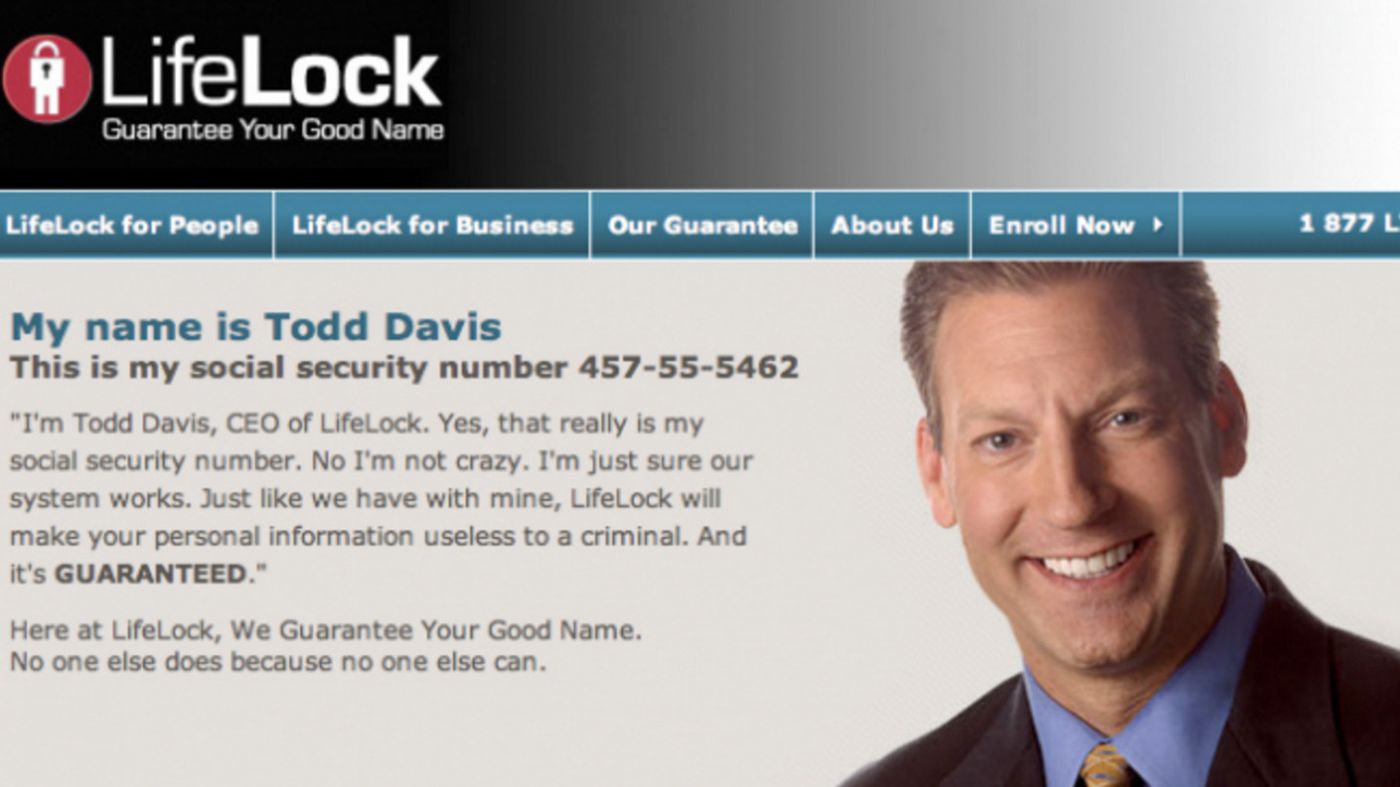

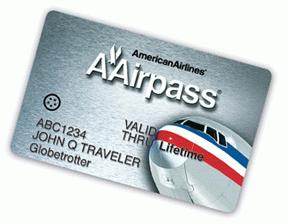

 Follow
Follow


